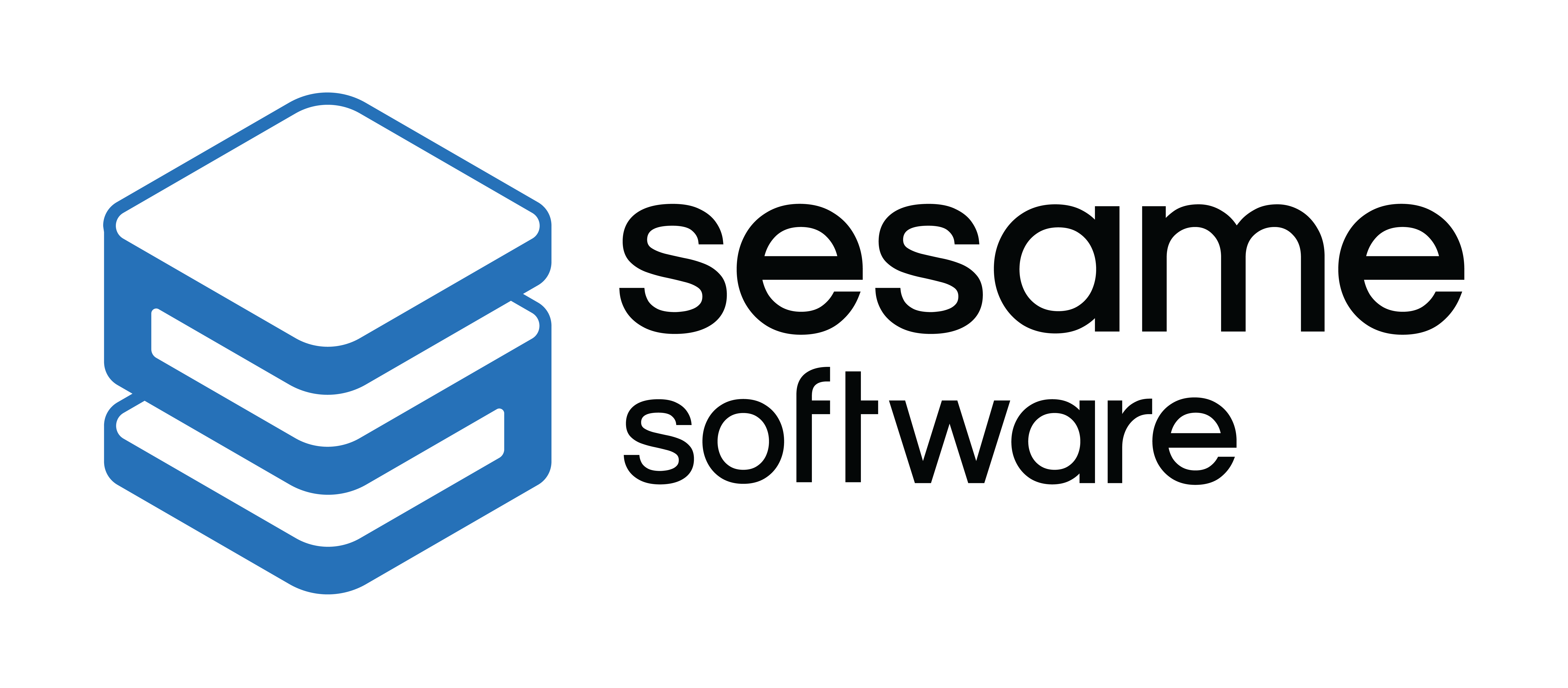Hybrid Storage Puts You Back in Control
- Sesame Software
- 2 days ago
- 2 min read
From Promise to Sticker Shock
When the cloud first rose to prominence, the promise was almost irresistible: lower costs, infinite scalability, and freedom from the limitations of physical infrastructure. Many organizations rushed to move everything into the cloud: applications, data warehouses, even backups. The idea of leaving behind expensive hardware and leaning on flexible, pay-as-you-go services was too compelling to ignore.
But reality has set in. What started as a cost-saver has, for many, turned into a cost center. Storage bills have climbed year after year, and organizations have realized that while cloud may offer scalability, it often comes with hidden expenses. Beyond the financial impact, vendor lock-in has made it difficult to negotiate better terms or pivot away from rising prices. Compliance and governance challenges have also emerged, particularly for industries like healthcare and finance where sensitive data must be stored under stricter controls.
The Shift Back to Balance
The result? A growing number of businesses are rethinking their “cloud-only” strategies and moving toward a more balanced approach. Hybrid storage — a blend of cloud and on-premise — is becoming the new normal. Rather than abandoning the cloud entirely, organizations are learning to use it more strategically.
Frequently accessed or compliance-heavy data can remain on-prem, where performance and governance are easier to control, while archival data or workloads that benefit from elasticity can be shifted to the cloud. This balance not only keeps costs in check, but also restores flexibility and choice.
Why Hybrid Works Better
Hybrid strategies also deliver operational advantages. Performance-sensitive workloads can run closer to end-users on local infrastructure, reducing latency and improving reliability. At the same time, cloud resources can still be tapped when scale is needed, ensuring no disruption to growth. Most importantly, hybrid models give organizations the ability to dictate where their data lives. Whether the priority is cost optimization, regulatory compliance, or performance, the decision isn’t left entirely in the hands of one vendor.
How Sesame Software Helps
At Sesame Software, we’ve designed our solution to make this shift seamless. Our platform allows enterprises to replicate and back up data across multiple environments, whether cloud, on-prem, or a combination of the two. By automating the movement of data and maintaining consistency across systems, organizations can adapt their strategy as needs evolve, without being tied to a single ecosystem. This approach ensures that businesses can continue to scale while maintaining control over costs, compliance, and performance.

The New Reality of Data Strategy
The truth is, the all-in cloud experiment served its purpose, but the economics have changed. Companies are no longer content to pay endlessly rising fees for the convenience of staying inside one provider’s walls. Hybrid storage represents a more sustainable, resilient, and strategic approach — one that gives organizations the freedom to make choices that work for their business, not just for their vendor.
As enterprises prepare for the next chapter of data management, the message is clear: cloud has its place, but balance is the real key to control.
Ready to take back control of your storage strategy? Schedule a demo of Sesame Software today to discuss how we can help maximize your data strategy outcomes and minimize your costs.
